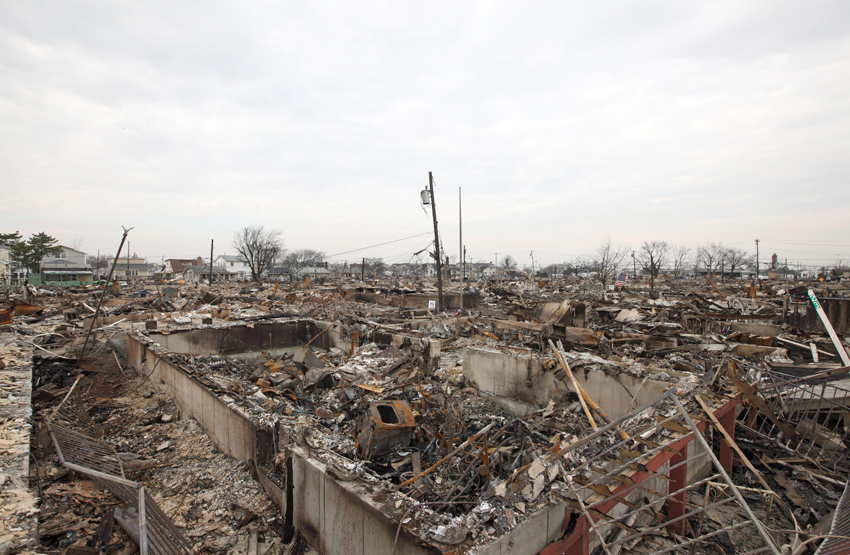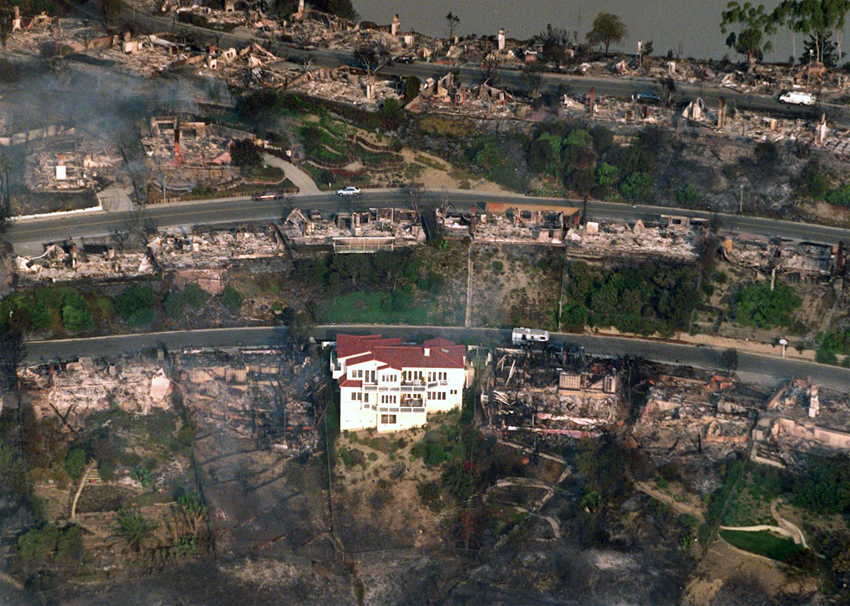Pathway to Resilience
3. Incentivize Disaster Resilient Construction
According to AON, the total insured losses from natural catastrophes in 2020 totaled $75.1 billion, up from $39.6 billion in 2019 and $62.7 billion in 2018, but down from the record of $133.1 billion in 2017. Natural catastrophes are events that cause at least $25 million in insured losses, 10 deaths, 50 people injured, or 2,000 filed claims of homes and structures damaged. Unfortunately, not all damages caused by natural catastrophes are covered by insurance. For example, in 2020, there was $119 billion in losses from natural catastrophes, of which only $75.1 billion was insured.
Resilient buildings reduce the risks associated with property insurance. States can encourage building owners to build resilient structures by legislating insurance premium reductions to all policyholders if they build to specific resilient design criteria. Alabama, Georgia, Mississippi, and North Carolina have enacted such laws. These states now require insurers to lower the cost of property insurance for building to the IBHS FORTIFIED standard.
Hazard mitigation increases loan security for lending institutions and decreases business interruptions and improved bond ratings for property owners and communities. Therefore, other potential incentives should be encouraged, including:
- Building permit rebates;
- Property tax reductions;
- Accelerated local permitting and inspection procedures for resilient properties;
- Zoning benefits (e.g., density or height bonuses);
- More-favorable developer agreements for the construction of resilient properties; and
- Revolving loan programs.
4. Build with Robust Materials
The last step toward disaster resilience is to build with robust building materials. Some of the qualities of robust building materials include versatility, strength, wind and water resistance, seismic resistance, fire resistance, energy efficiency, and durability. It is heartbreaking for homeowners to survive a major earthquake, hurricane, or tornado only to witness their home burn down in the aftermath. This was the case in Breezy Point, New York, after Hurricane Sandy in 2012. Structural fires frequently occur after a natural disaster. Of all disasters, fire is by far the most common and deadliest. The U.S. Fire Administration reports that every year, fire kills more Americans than all other natural disasters combined.
Increased fire resistance of building elements reduces the amount of damage to the building and its contents. Additional benefits are enhanced life safety, less demand on community resources, especially for emergency response, and facilities that are more readily adaptable for reuse. As the population grows in western states, we witness increased conflagrations from wildland-urban interfaces that devastate property, lives, and economic growth. Regardless of location, the best approach to reducing fire losses can be accomplished by adopting Appendix D of the IBC, which establishes Fire Districts where combustible construction is limited.
Chicago and New York City both employ Fire Districts to limit combustible construction within dense urban boundaries. The City of Sandy Springs, Georgia, and other adjacent communities have enacted similar ordinances to preserve the health, safety, and welfare of its citizens.
Concrete building systems are especially suited to provide resistance to natural hazards. Leslie Chapman-Henderson, president of the Federal Alliance for Safe Homes, called concrete homes “the ideal” for withstanding extreme weather. Concrete has the necessary hardness and mass to resist the high winds and flying debris of tornadoes and hurricanes. Concrete is fire resistant and nonflammable, which means it can contain fires and will not contribute to the spreading of fire. Reinforced concrete framing systems can be designed to resist the most severe earthquakes without collapse. Concrete does not rot or rust even if it is subject to flooding.

Photo: Steven Greaves/Alamy Stock Photo
Figure 5: Shown are burned-out buildings and debris in the aftermath of Hurricane Sandy in Breezy Point, New York, on November 11, 2012.










